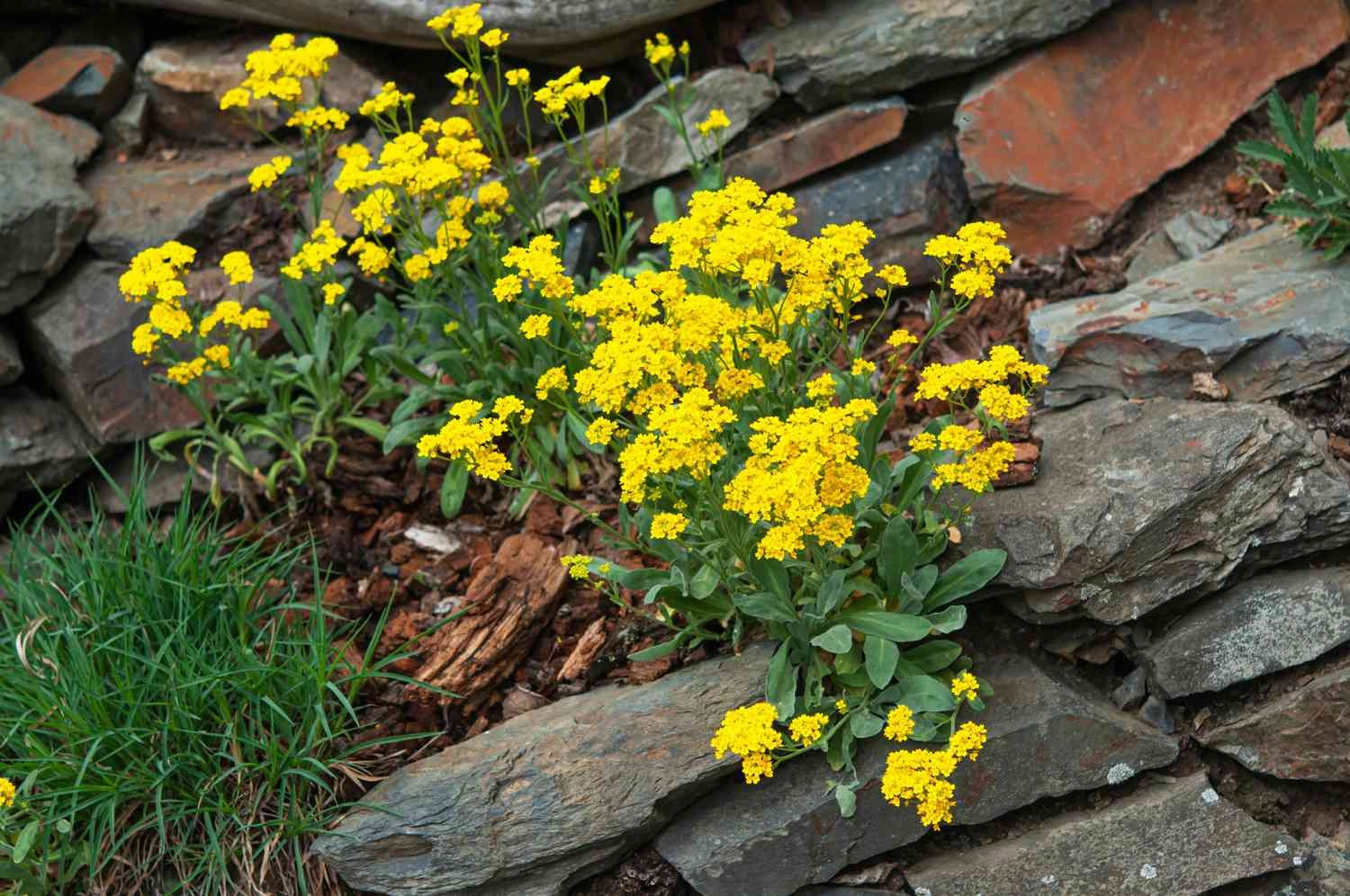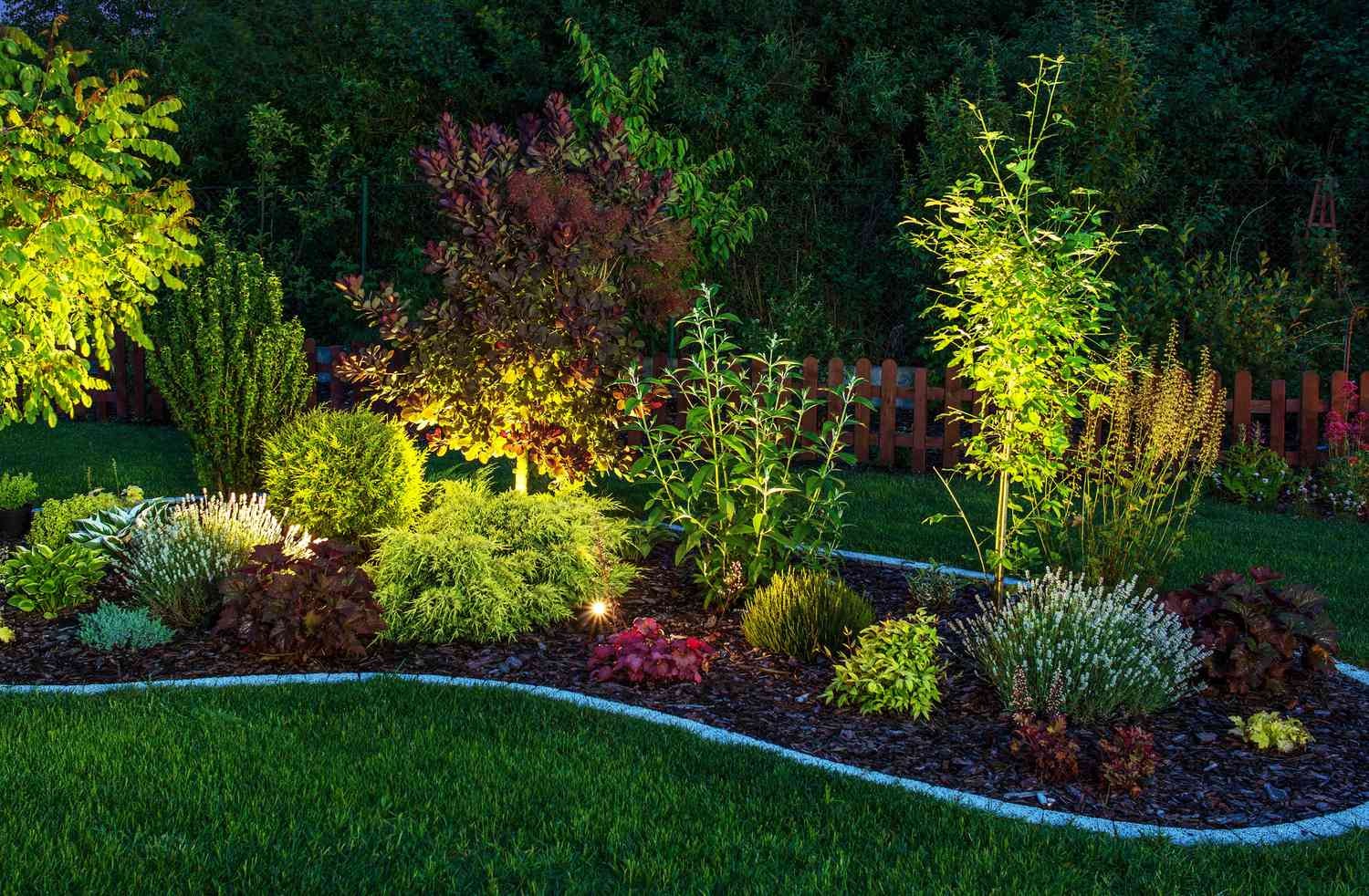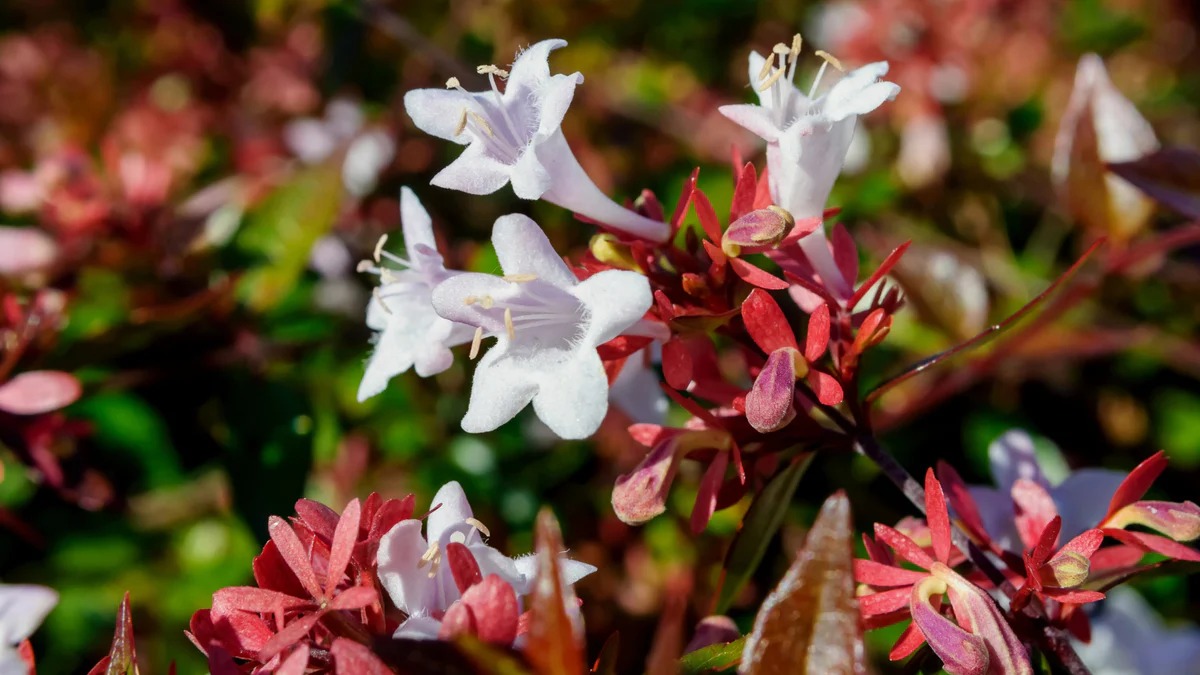A rock garden-sometimes called a rock garden or alpine garden – is a planting area designed with a hard landscape including a selection of gravels, rocks or boulders. It usually includes a gentle landscape of perennials and annuals adapted to a rocky substrate—sometimes without soil. The beauty of a well-planned rock garden is that the rocks and plants work together to enhance the total impact; it is organized but, when done well, looks natural and not forced.
When arranging plants with rocks, you can achieve a natural look by not planting in rows or patterns; instead, use a variety of plants and different heights, such as perennials, ornamental grasses, small shrubs and creeping ground covers to balance the hardness of the rocks. In addition, consider giving the rock garden a contrast with outcrops of tall plants along a plant border, shoots of whispered texture or a small explosion of color with seasonal flowers.
“Rock garden plants” are not a botanical classification, although many are succulent. They share specific characteristics, including drought resistance, a preference for good drainage and a compact growth habit. Here are 33 of the best plants for a rock garden, from small to large varieties.
01.Yellow alyssum (Aurinia saxatilis)
Yellow alyssum is a slow-growing, spreading plant that produces clusters of small yellow flowers in April and May. It thrives in poor soil and is considered drought tolerant.

02.Ice plant (Delosperma cooperi)
The purple ice plant is often used as a spreading ground cover and can bloom all summer long. The plant tolerates heat and drought, although it will die if it does not have good drainage.
03.Angelina’s Orpin (Rock Sedum ‘Angelina’)
Angelina stonecrop is a spreading groundcover that grows quickly to form a carpet that is only about 6 inches high. The more sunlight the plant receives, the more golden its foliage becomes. It produces small yellow star-shaped flowers from early to mid-summer.
04.Dragon’s Blood Goldfinch (Sedum spurium)
Some small rock garden plants are climbing plants, including dragon’s blood orpin. This plant can tolerate some drought, as well as shallow rocky soil. Butterflies tend to like its tiny pinkish-red flowers.
05.Chickens and chicks (Sempervivum tectorum)
Hens and Chicks is a carpet-forming succulent that produces clusters of rosettes. The parental rosettes are called the “hens” and the smaller branched rosettes are the “chicks”.”The plant grows well in rockeries, as well as in stone walls or between garden stepping stones.
06.Creeping thyme (Thymus serpyllum)
Creeping thyme is aromatic like edible grass, but it is mainly grown as a ground cover or to fill the space between stepping stones. The plant will cascade down rocks and low stone walls in a rock garden to soften the decor. It grows easily in nutrient-poor soil as long as it has good drainage.

07.Blue Fescue (Festuca glauca)
Blue fescue is an ornamental grass grown for its bluish foliage and yellowish-green flowers. It produces its best foliage in full sun but can also tolerate a little shade. The plant reaches a height and spread of about a foot.
08.Snow in summer (Cerastium tomentosum)
Snow-in-summer got its name from its pristine white flowers that bloom at the beginning of summer and cover the ground like a fresh snowfall. The plant is low-growing and can thrive in poor rocky or sandy soil, although it must have good drainage.
09.Candytuft (Iberis sempervirens)
The Candytuft, with its showy flowers that bloom in mid-spring, is commonly used in rock gardens or as a border. Although its petals form a pretty pattern, the flowers tend to have a rather unpleasant aroma. Still, this plant tolerates drought and can even withstand being grown in the shade.
10.Ajuga (Ajuga reptans)
Ajuga is a fast-spreading, carpet-forming groundcover, and it can become invasive under optimal growing conditions. On the plus side, it can fill slightly shaded areas where other plants will not grow. Avoid planting ajuga next to lawns where it can spread. Instead, keep the plant contained in a rock garden or even a pot.
11.Creeping phlox (Phlox subulata)
Creeping phlox is a soil-hugging plant that is frequently seen in rock gardens or filling crevices in stone walls, or cascading down slopes. It grows well in sandy or gravelly soil and tolerates heat and drought better than some other phlox species.

12.Pasque flower (Pulsatilla vulgaris)
The Pasque flower is a low-growing plant that forms clumps. It is an early flowering in spring, bringing color to the landscape. It prefers well-drained sandy or humus soil and can withstand light shade.
13.Reticulated iris (Iris reticulata)
Reticulated iris is another early flowering in spring. Since it is a small flower, only about 6 inches tall, it is best to plant it en masse to maximize the visual impact. In addition, it is important that the bulbs rest in fairly dry soil during their summer dormancy, which makes the plant ideal for a well-drained rock garden.
14.Wood spurge (Euphorbia amygdaloides)
With its purple-tinted foliage, the wood spurge can have a colorful impact in a rock garden. The plant tolerates poor soils but needs good drainage. It can withstand a little shade, especially in the afternoon, but too much shade can cause the plant to lose its shape.
15.Moonbeam Coreopsis (Coreopsis verticillata ‘Moonbeam’)
Moonbeam coreopsis is a perennial flower of the asters family. It grows in poor sandy or rocky soil and can tolerate some drought, heat and humidity. It is popular as a border planting, but its growth requirements also make it a prime candidate for a rock garden.




